Experiential marketing, personalization, thought leadership, and better content strategies will come to the fore next year
Over recent years, AI has dominated B2B marketing (sigh), think Generative AI being utilized for content ideas (Eww!), the emergence of AI in search (Eugh!), or the flood of questionable sources in the mainstream media (Gross!). In fact, if you believed the hype, you’d think nothing else in B2B mattered!
So, what’s set to dominate B2B marketing in 2026? Will AI have to become a commoner and hand its crown over to new B2B power players? We take a deep dive into Content Marketing Institute’s top takeaways from their ‘2026 B2B content and marketing trends report.’
This year, the CMI has changed its research process, and instead of dividing marketers by budget or reporting line, it grouped them by how well they’re aligning to trends shaping the next few years. So, while AI came out as the top investment priority for 45% of B2B marketers during 2026 (what’s new?), if you scratch below the surface, there are some interesting insights to be found.
Here’s a quick rundown of our key findings and takeaways to consider as we shape towards 2026.
Where algorithms fail: Time to face up and build the new loyalty
Following the pandemic, B2B marketing has been firmly grounded in a digital-first mindset, but 2026 is throwing it back, and we’re set to see a resurgence in the power of showing up! Trust and loyalty are set to reign supreme next year – and attending in-person or even virtually is the perfect way to build both!
So much so that experiential marketing is on the rise, with 78% of B2B marketers allocating budget for it. But what is this? When we talk about experiential marketing, we aren’t talking about fancy corporate events, it’s about recognizing experiences as the connective tissue between digital and physical to build trust and loyalty. This strategy is ideal for B2B marketers as we continue to see the rise of the hidden buyer, who occupies the grey area between digital and physical touchpoints, but has influence over purchasing decisions. That element of personalization gained through showing up and showing you care simply cannot be replicated, even by the best personalization algorithms!
There’s more to personalization than just saying hello!
Personalization is not a shiny new tactic in B2B marketing, in fact, 89% of B2B marketers say they personalize content. But they use that term loosely, nearly 60% personalize only one or two channels, aka adding a recipient’s name on an email – and that’s just not enough!
For journalists and customers, there’s more content out there than ever before, and they can sniff out shallow personalization a million digital miles off. It’s time for B2B marketers to get more personal, offering personalized pitching with targeted content that provides the target audience with relevant and interesting information.
One tactic that over half of B2B marketers are not using, which can help personalization come to the forefront of their content strategy in 2026, is the use of account-based marketing (ABM) and its sibling, account-based experience (ABX). Both aim to create personalized experiences for clients. ABM targets those high-value accounts, and ABX goes after the smaller accounts at the start of their sales journeys to create personalization at every touchpoint.
And finally, the same content challenges remain despite strategies progressing
Previous iterations of the Content Marketing Institute trends report have highlighted the lack of B2B marketers with a defined content strategy. Fast-forward a year, and 97% now do have a content strategy, and 61% have seen an improvement in their strategy’s effectiveness – aided by technological improvements, but powered by human choices!
Despite these improvements, B2B marketers are still facing the same content marketing challenges as previous years:
1. Content that provokes conversion – 40%
2. Resource constraints – 39%
3. Measuring effectiveness – 33%
So, despite human choice being the biggest reason for improvements in content strategies, humans are also one of the biggest content marketing hurdles. So how can you create content that someone wants to click, read, and act on? And, if you can’t measure its effectiveness, how can you prove value?
So time to challenge the narrative and stand out from the thought leadership crowd
Clearly content for content’s sake is not enough, especially as 96% of B2B marketers state their organization creates thought leadership content. So, how can you ensure your brand stands out from the crowd in 2026?
Be different, be unique! The report found that only 5% of thought leadership came from employees with specialized knowledge or expertise. So it’s time to be creative and utilize your business power players – your SMEs – and utilize their personal credibility to amplify your brand’s message to add that layer of authenticity and help showcase your brand equity. The more personal it feels, the more scalable it becomes, turning from bland marketing talk to the business thinking out loud.
Note to self – track target media! This is where social listening and hot topic tracking are so valuable to understand what your audience is talking about and how you can tailor your content to meet their interests!
It’s people first, technology second, for B2B marketing in 2026
AI may still be the oxygen in the room, but B2B marketers remember people, process, and portfolio are doing the breathing in 2026. They’re the ones doing the hard graft, putting the work in to build credibility and trust to ensure your brand stands out in a growing, competitive landscape!
Sam Walker is PR Executive at IBA International.


